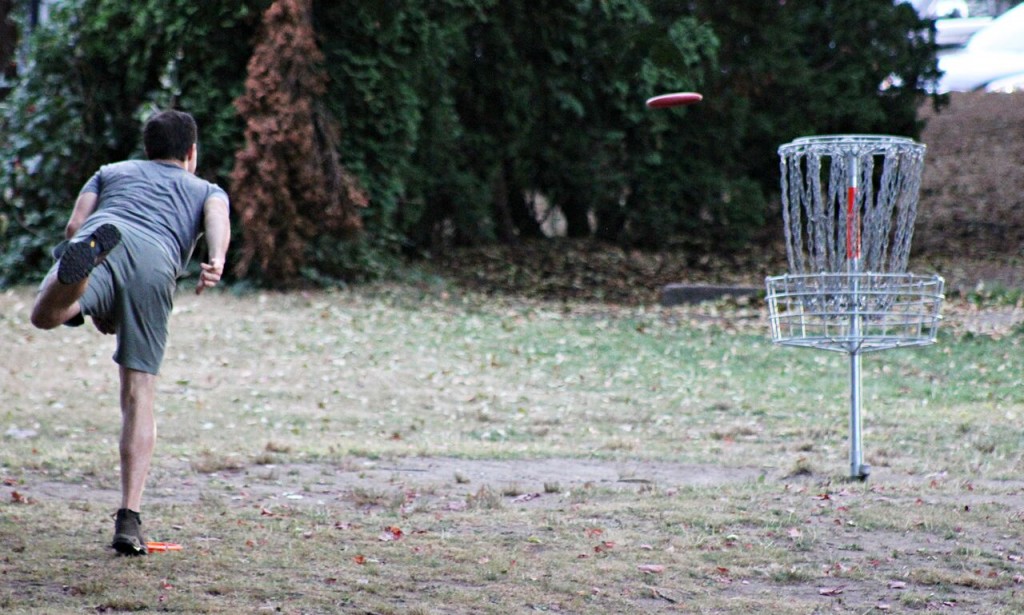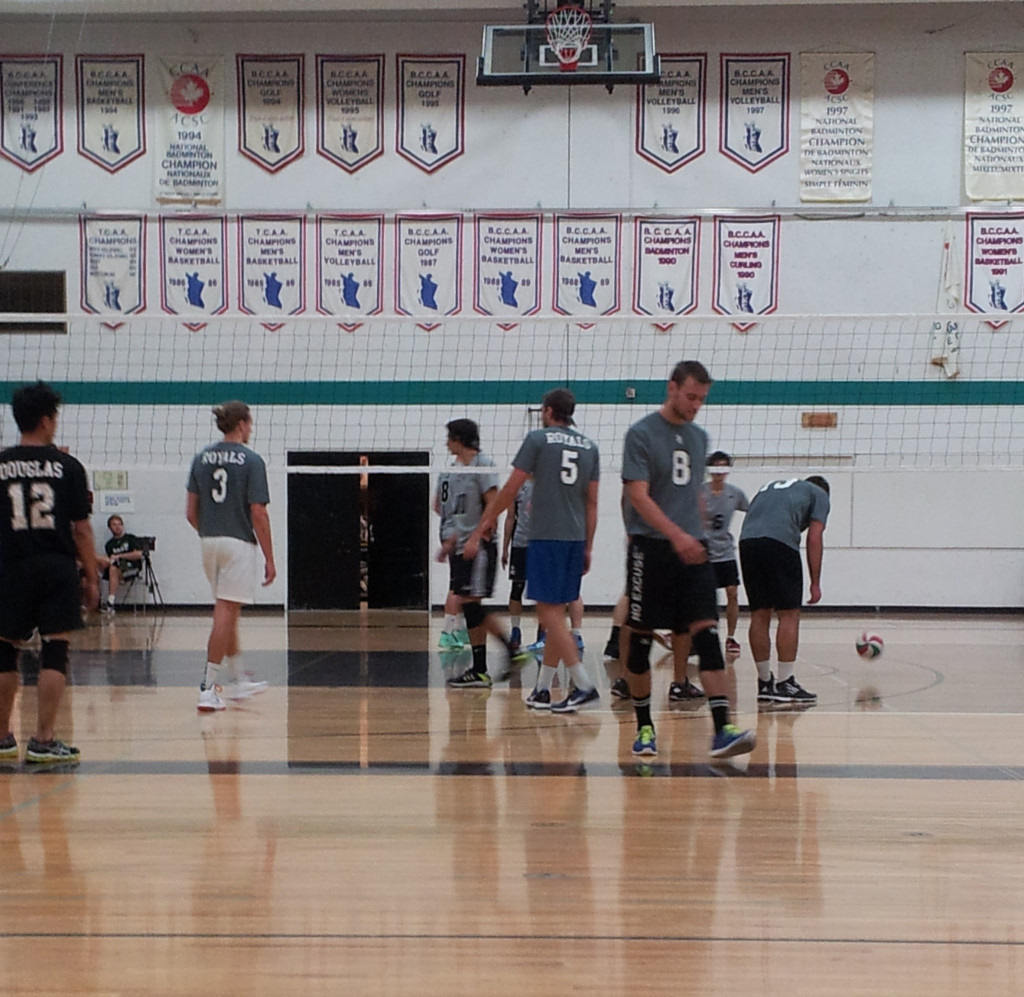
What is disc golf and why is it a thing?
By Jillian McMullen, Staff Writer
Around mid-August, I was trying to come up with something fun to do for an upcoming date. The forecast was hot and sunny, so my friend and I decided something we could enjoy outside would be most appropriate. This led him to suggest disc golfing. Having never been disc golfing—and not wanting to seem ignorant of potentially popular summer sports—I quickly agreed. Part of me assumed disc golf was the same thing as lawn bowling, but when the day came and I met my date at the course, I realized I was very, very mistaken.
Disc golf, for those lucky people not already familiar with this questionably-labeled “sport,” is a mixture of a flying disc (i.e. a Frisbee) sport and golf. Players complete courses by throwing their disc from a concrete pad known as a tee towards a target, referred to as a basket. Similar to golf, courses are typically 9 to 18 baskets with the goal of getting the fewest amount of throws possible between tee and target.
While my date began to explain to me the different discs and which types of throws were appropriate when using them, it became clear the technique of your disc release was the most important key to success. If you release too high, your disc will go flying upwards towards the sky and not cross the distance of the course; if you release too low, your disc won’t catch enough air to guide it forwards and will similarly drop close to your starting point. Unfortunately for me, I’ve never really developed that kind of precision, so we spent most of our disc golfing time chasing after my neon pink disc as it flailed in the totally opposite direction of my target.
I think everyone has played Ultimate Frisbee or, at least, has recreationally thrown a Frisbee around with friends. I remember being forced to play Ultimate during high school gym classes when the sun would decide to show itself again in the early spring. Although I was never a star player, the team-based game allows for more success because of its more “traditional sport” aspects. Teammates can compensate for poorly executed throws by chasing and receiving the disc so the game can continue. Furthermore, unlike the sedentary activity of throwing a disc at a target, Ultimate involves actual aerobic exercise. I was constantly reminded of these differences as I struggled to make baskets from even close distances.
From what I could tell of the people playing the game on this course, however, exercise wasn’t the goal. Most people were in their forties and played recreationally as a way to get out of the house. After completing my embarrassing game, we saw the group of experienced disc golfers we had been trailing sit down by the pond to catch up over their brown-bagged lunches in the same way families gather for Sunday dinner. This sense of community seemed like its most “sporty” quality.
Personally, I’m happy to stick to watching the experts do their thing. But, if you would like to try your hand at disc golf and form your own opinions, there is a good introductory course, according to online reviews, a short 15-minute drive from the Douglas College’s Coquitlam campus in Mundy Park.

